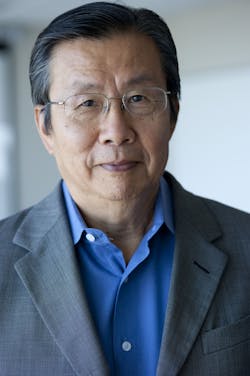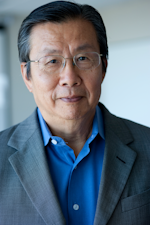It has been more than 40 years since I became an IEEE student member, and I have been a member of OSA almost as long. I enjoy being part of the LEOS and OSA communities. I have always viewed our professional societies as benevolent associations that look after their members.
It is becoming increasingly clear, however, that a successful career today can no longer be based purely on technical excellence. Indeed, many of us aspire to a management position or to start our own businesses.
In view of this change in the profession, should our professional societies continue to function mainly as collectors and disseminators of technical information, or should they become more involved in our broader career needs? I am not suggesting that societies diminish technical excellence-I am proud that our field has added eight Nobel Laureates in the last five years! Instead, I am suggesting what many OSA and LEOS members recognize-that this is an opportune time to expand the culture of excellence of these societies to do even more.
The Internet has changed the way we work, learn, and gather information, and a society that confines itself to publishing refereed journals and conducting technical conferences is only doing part of its job. Sharing technical information is only a part of a technical society’s overall role in improving the well-being of its members.
As each of us continues to improve and do well in our individual careers, we can do more for our professional associations, which can in turn do more for members and enable more members to do well. In this way, all our wishes can come true-we would have more visibility and the ability to gain financial support for our work would increase; there would be increased awareness of and more respect for what we do in the community; and more young people would be encouraged to enter our field.
Improvement in our careers and prosperity will only come from increased productivity, which can be measured by successes in technology commercialization. For that, we can learn from well-managed companies that practice “concurrent engineering”-a process that recognizes that new products can be far more successful if all stakeholders are involved from the beginning of the product cycle. That includes engineers, customers, and people involved in sales, marketing, business development, finance, and manufacturing. To make this work, technologists on the team must be not only technically knowledgeable but also well versed in how different functional parts of the company work and interact.
To promote this new requirement for success, professional societies could offer learning and broadening opportunities for members to become not only multidisciplinary, but also multifunctional. Yes, short courses and workshops are offered at conferences now, but they are sporadic occurrences rather than a clearly defined top-down vision driven by a planned set of goals and objectives.
We can carry this broadening concept further to address entrepreneurship and efficient commercialization of technologies. For that we can emulate the Silicon Valley business infrastructure. That is, bring together providers of the necessary ingredients to start companies: company executives, investors, financial people, and professional service providers. This approach may well be called “concurrent commercialization.” When people interact, mentoring, sharing of insight, and career guidance would occur naturally-members would set their sights high and reach their full potential.
Professional societies can bring together people from all walks of life. Societies are not bound by departments and can have international reach in people and companies. LEOS and OSA have sound foundations to do more; they have capable staffs, motivated volunteers, the financial resources, and brainpower. What we need is a vision of the new role. Together we can define that vision, and provide advocacy, leadership, and the commitment of resources to make it a reality. Change we must. Borrowing from Lyndon B. Johnson’s vision of building a “Great Society,” we can build a “Great Photonics Society.”

